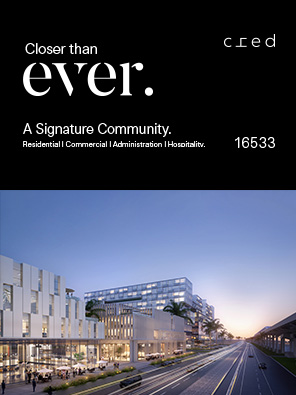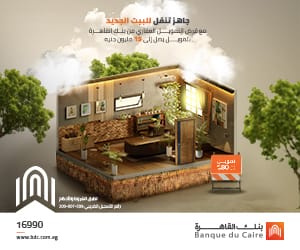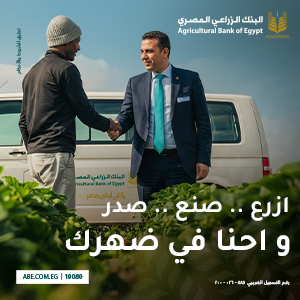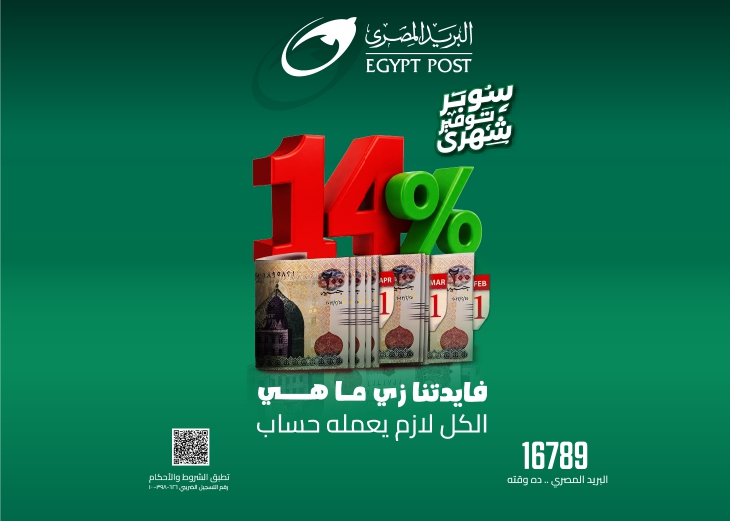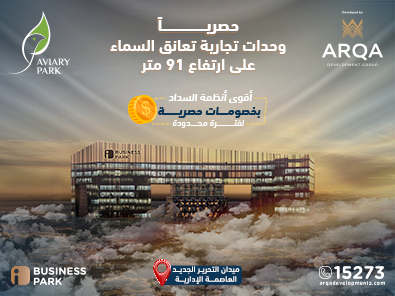Introduction to Edible Art: The Intersection of Creativity and Science
Building upon the foundational insights from The Art and Science of Edible Sugar Architecture, we delve deeper into the fascinating world where artistic innovation meets scientific precision. This exploration reveals how culinary artists transform simple edible materials into breathtaking sculptures, integrating traditional craftsmanship with cutting-edge technology and scientific understanding.
Table of Contents
- The Evolution of Artistic Techniques in Culinary Creativity
- The Artistic Process Behind Creating Culinary Masterpieces
- The Role of Artistic Expression and Personal Style in Culinary Creations
- The Science of Texture, Color, and Structural Integrity in Edible Art
- The Impact of Environmental Factors and Art Preservation Techniques
- From Artistic Inspiration to Culinary Presentation: Enhancing Dining Experiences
- The Future of Edible Art: Trends, Sustainability, and Interdisciplinary Collaborations
- Bridging the Gap: Connecting Artistic Process to the Foundations of Sugar Architecture
1. The Evolution of Artistic Techniques in Culinary Creativity
a. Historical progression from traditional sugar modeling to modern edible art forms
The journey from rudimentary sugar sculptures to sophisticated edible artworks spans centuries. In medieval Europe, artisans crafted intricate sugar figures primarily for royal banquets, often limited by the available tools and knowledge of sugar crystallization. The 17th and 18th centuries saw the rise of sugar craft as a prestigious craft, with artisans in France and Italy creating elaborate centerpieces for aristocratic events. These early techniques relied heavily on hand-molding and delicate carving, setting the stage for future innovations.
b. Influence of technological advancements on artistic expression in culinary contexts
The 20th century ushered in technological progress that transformed edible art. The development of heat guns, silicone molds, and 3D printing allowed chefs to produce more complex and precise forms. For example, modern sugar printers can produce detailed lattice structures that were previously impossible to craft by hand. Additionally, advances in refrigeration and temperature control have enabled the handling of delicate materials like tempered chocolate and marzipan, broadening artistic possibilities.
c. How contemporary chefs innovate beyond classical sugar sculpture methods
Today’s culinary artists experiment with mixed media, combining sugar with edible paints, metallic leaf, and unconventional materials like edible paper. Innovators such as Jordi Roca and Christina Tosi incorporate molecular gastronomy techniques—using foams, gels, and emulsions—to add texture and complexity. These approaches not only extend the artistic palette but also create multisensory experiences that engage taste, sight, and touch, pushing the boundaries of traditional sugar modeling.
2. The Artistic Process Behind Creating Culinary Masterpieces
a. Conceptualization: Designing visually compelling edible artworks
Effective edible art begins with a strong concept that aligns with the event’s theme or the chef’s personal signature. For instance, a cake inspired by a botanical motif may incorporate edible flowers, hand-painted leaves, and intricate sugar vines. Conceptualization involves sketching, mood boards, and digital renderings—tools that help translate abstract ideas into concrete designs, ensuring coherence between visual appeal and functional stability.
b. Material selection: Exploring diverse edible mediums beyond sugar, such as chocolate, marzipan, and fruit
While sugar remains a cornerstone, chefs now harness a variety of materials to achieve different aesthetic and structural effects. Chocolate, with its malleability and glossy finish, is ideal for detailed modeling and smooth surfaces. Marzipan offers pliability for shaping elaborate figures, and fresh or dried fruits provide vibrant colors and natural textures. The choice of material depends on the desired visual impact, structural requirements, and flavor integration.
c. Techniques and tools: Adapting sculpting, molding, and painting methods for culinary arts
Modern culinary artisans employ a range of techniques—hand-sculpting with precision tools, silicone molds for repetitive forms, and airbrushing for realistic shading. Edible paints and lusters are applied with fine brushes or spray guns to enhance visual depth. Additionally, heat guns and blowtorches are used to refine surfaces and add metallic effects. The integration of traditional sculpting with digital fabrication is opening new frontiers in culinary artistry.
3. The Role of Artistic Expression and Personal Style in Culinary Creations
a. Developing unique artistic signatures within edible art
Just as painters have distinctive styles, chefs cultivate their signature aesthetics—be it the whimsical designs of Nuno Mendes or the minimalist elegance of Jordi Roca. Personal style manifests through choice of motifs, color palettes, and texture combinations. For example, some artists favor hyper-realistic sculptures, while others lean toward abstract forms, creating an identity that resonates with their culinary philosophy.
b. Cultural influences shaping aesthetic choices and motifs
Cultural heritage deeply influences edible art motifs. Asian chefs might incorporate motifs like dragons or cherry blossoms, while Western artisans may draw inspiration from classical sculpture or floral designs. These cultural influences inform not only visual choices but also the choice of edible materials suited to traditional aesthetics, such as rice paper for Asian-influenced decorations or fondant for Western-style figurines.
c. The balance between tradition and innovation in culinary artistry
Achieving harmony between tradition and innovation is key to contemporary edible art. While classical sugar techniques provide a foundation, modern chefs push boundaries through experimental forms and sustainable practices. For instance, incorporating plant-based ingredients aligns with eco-conscious trends, while preserving traditional craftsmanship ensures cultural continuity. This balance fosters a dynamic evolution of culinary artistry.
4. The Science of Texture, Color, and Structural Integrity in Edible Art
a. How scientific understanding informs the creation of stable, yet delicate, sugar sculptures
The science of crystallization, temperature control, and material properties underpins the stability of sugar sculptures. For example, mastering the process of boiling sugar to specific temperatures yields the desired hardness and translucency. Chefs must understand how humidity affects sugar’s moisture content, which can cause warping or collapse. Techniques like adding glucose or corn syrup modify crystallization, enhancing structural integrity without compromising delicacy.
b. Color theory and application in edible decorations
Color application relies on principles of color theory—complementary, analogous, and contrasting schemes—to evoke specific emotions or themes. Edible paints and powders are mixed with binders like alcohol or oil to achieve vibrant, durable finishes. For example, using blue and orange contrast enhances visual vibrancy, while subtle pastel shades can evoke softness and elegance. Scientific understanding of light absorption and reflection guides these choices.
c. Ensuring structural stability for complex, large-scale edible installations
Large-scale edible sculptures require strategic internal supports, such as edible armatures or non-edible frameworks, to prevent collapse. Engineers and chefs collaborate to design structures that balance weight distribution and material strength. For instance, incorporating honeycomb-like internal cavities reduces weight without sacrificing stability. Advances in 3D printing of edible components enable precise fabrication of complex geometries, facilitating ambitious installations.
5. The Impact of Environmental Factors and Art Preservation Techniques
a. Challenges posed by humidity, temperature, and handling
Environmental conditions critically affect edible artworks. High humidity can cause sugar and chocolate to soften or bloom, while temperature fluctuations may induce warping or melting. Handling delicate sculptures requires minimal contact and protective packaging. For example, sugar art displayed outdoors must be shielded from moisture and direct sunlight to prevent deterioration.
b. Methods for preserving edible artworks without compromising their aesthetic
Preservation techniques include using edible sprays that form protective coatings, such as food-grade lacquer or silicone-based sprays, which reduce moisture absorption. Refrigeration is employed for perishable materials, but care must be taken to prevent condensation. Freeze-drying is an emerging method that removes moisture while maintaining structural detail, extending display life without damaging appearance.
c. Innovations in edible art preservation for display and transportation
Recent innovations involve embedding edible sculptures in transparent, lightweight acrylic shells or creating modular components that can be assembled on-site. These approaches facilitate safe transportation and prolonged display periods. Researchers are also exploring edible, biodegradable packaging that maintains freshness while reducing environmental impact.
6. From Artistic Inspiration to Culinary Presentation: Enhancing Dining Experiences
a. Integrating edible art into plating and table decor
The integration of edible art into plating elevates the dining experience. Chefs craft edible centerpieces, such as sugar trees or fruit carvings, that complement the main dish. For example, a dessert served atop a sugar lattice can create a multi-layered visual narrative, engaging diners visually and gustatorily. Presentation techniques focus on harmony, contrast, and thematic coherence.
b. The psychological impact of artistic presentation on diners
Visual aesthetics influence taste perception and emotional response. Studies show that artful presentations can enhance anticipation, satisfaction, and even perceived flavor intensity. An intricately decorated cake may evoke feelings of luxury and celebration, elevating the overall dining occasion. The psychological aspect underscores the importance of artistry in culinary success.
c. Case studies of culinary events that highlight artistic mastery
Major culinary events, such as the Coupe du Monde de la Pâtisserie, showcase masterful edible sculptures that push artistic boundaries. For instance, pastry chefs have created elaborate sugar castles, life-sized figures, and themed tableaux that serve as both art and dessert. These presentations demonstrate how artistic mastery enhances storytelling and brand identity in the culinary arts.
7. The Future of Edible Art: Trends, Sustainability, and Interdisciplinary Collaborations
a. Emerging trends in edible sculpture and culinary artistry
Innovative trends include hyper-realistic sculptures using advanced 3D printing, augmented reality integration, and interactive edible installations. Chefs experiment with edible textiles and biodegradable materials, emphasizing multisensory experiences. For example, edible holograms projected onto sugar sculptures create dynamic visual stories.
b. Sustainable practices and eco-friendly materials in edible art
Sustainability focuses on reducing waste and utilizing eco-friendly ingredients. Edible art increasingly incorporates locally sourced, seasonal produce, and plant-based materials. Innovations include biodegradable molds and packaging, as well as the use of algae-based or other sustainable mediums that minimize environmental impact.
c. Collaborations between chefs, artists, scientists, and designers to push creative boundaries
Interdisciplinary collaborations are vital for future innovations. Projects like combining scientific research on material properties with artistic design lead to new edible mediums and structural techniques. For instance, partnerships between pastry chefs and material scientists have resulted in edible honeycomb structures that are both beautiful and resilient, opening new horizons in edible architecture.
8. Bridging the Gap: Connecting Artistic Process to the Foundations of Sugar Architecture
a. How mastering artistic techniques deepens understanding of structural principles in sugar architecture
Developing artistic skills such as precise sculpting, shading, and material manipulation enhances comprehension of structural integrity. For example, creating a delicate sugar arch requires understanding load distribution and tension, which informs both artistic expression and scientific principles. Artistic experimentation provides insights into how complex structures can be built reliably.
b. The importance of creative exploration for advancing the science of edible structures
Creative exploration drives scientific innovation. By pushing artistic boundaries—such as attempting large-scale sugar installations—chefs and scientists discover new techniques for stability, material behavior, and environmental resilience. These experiments often lead to breakthroughs that benefit both artistic expression and structural engineering.
c. Encouraging interdisciplinary learning to innovate in both artistic and scientific aspects of edible sugar art
Fostering collaboration among artists, scientists, and engineers accelerates innovation. Educational programs that combine culinary arts, materials science, and structural engineering empower practitioners to develop more ambitious projects. For example, integrating computer-aided design (CAD) with traditional sugar craft techniques allows for precise planning and execution of
الرابط المختصر: https://propertypluseg.com/?p=152572










